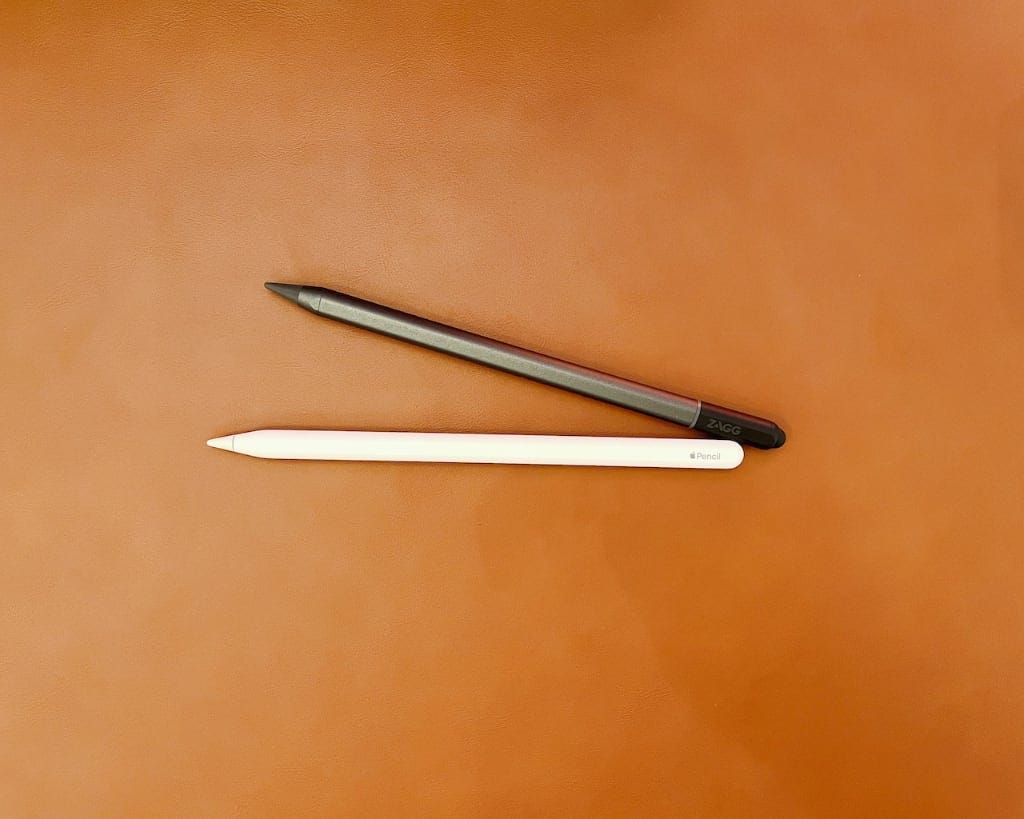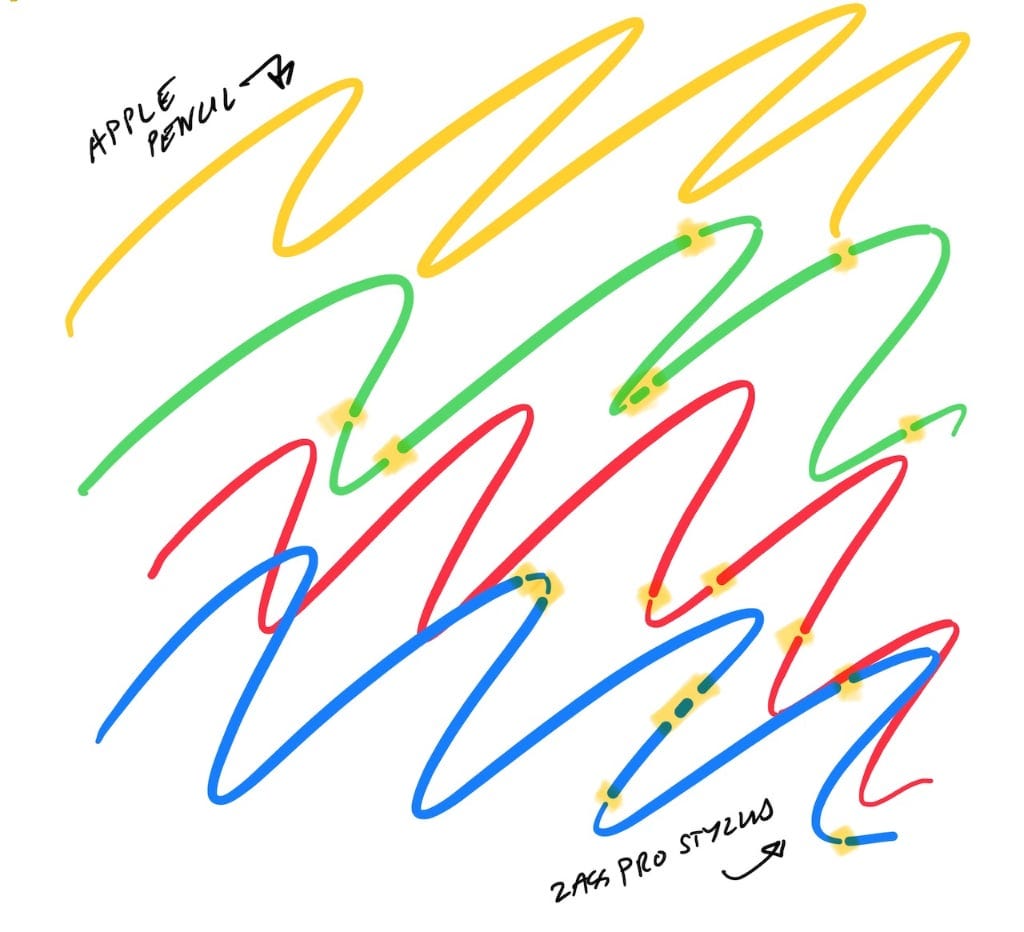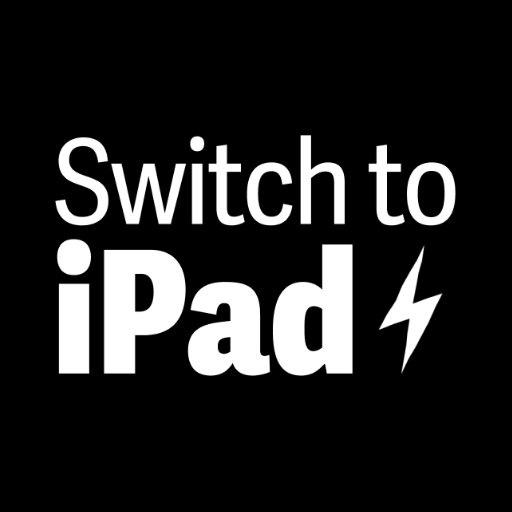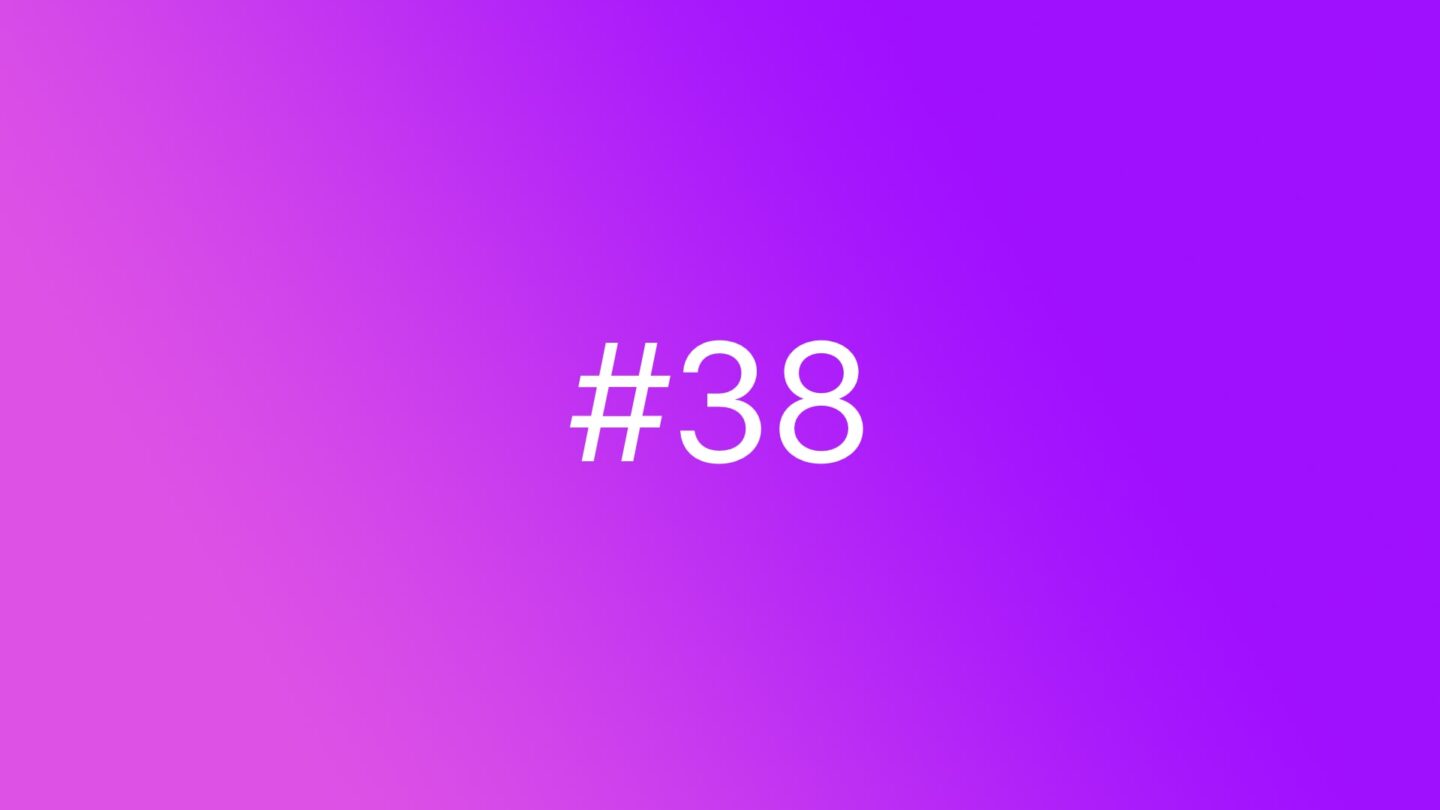🆓 This member post is free for all, thanks to our paying subscribers. Enjoy!
Hi!
Steve Jobs famously said, “if you see a stylus, they blew it”, and yet Apple released their Pencil alongside the first iPad Pro. Granted, it was so far ahead of just about any other stylus out there, you had to look to Wacom and their more expensive drawing tablets and screens to compare. The second generation Pencil has a different form factor, charges magnetically, and won’t roll off the table. It’s a must-have accessory for many iPad users out there, yours truly included.
So, can a $70 stylus compete with the $130 Apple Pencil? That’s what Zagg hopes, and the Zagg Pro Stylus gives a great impression at first glance.
Look and feel
The Zagg Pro Stylus is available in black, a black color thar really is more akin to the typical space gray. That means it fits just perfectly alongside a similarly colored iPad. It’s a nice contrast to the all-white Apple Pencil, and a potential tick in the pro column for some people.

The Zagg Pro Stylus sits well in your hand. It’s cold and slightly heavier than the Pencil, although not by much. I find it to be well-balanced, and it certainly has the feel of a premium product.
Connecting to your (compatible) iPad will happen as you turn it on — there’s a button alongside a subtle light on the Pro Stylus’ side — and begin to use it. That is, unless you have an Apple Pencil paired, then you have to forget that device (under Bluetooth in the Settings app). When done, you can use the pencil tip with any app that works with Apple Pencil, palm rejection and all.
And yes, that’s a squishy capacitive thing on top of the Pro Stylus, like the stylus of old used to have. It’ll mimic a finger, but nothing more, and work on any touchscreen. Having it on the Pro Stylus might seem weird at first, it’s a sub-par solution after all, but some people like to use it for scrolling and the like, or for games. It’s not for me, but I can see the appeal. After all, not touching the screen with oily fingers, but rather the capacitive sponge, will keep the screen nice and clean.
🧲 Just magneticConnecting and charging a second generation Apple Pencil is done by attaching it to the iPad’s side, using magnets. The Zagg Pro Stylus is magnetic and will sit there, but it won’t connect or charge that way.
Charging is done over USB-C, and you’ll get a cable, as well as an extra nub, in the box. If you’re an iPad Pro user, you can obviously use the USB-C cable to charge it. You’ll find the USB-C port hidden under the subtle Zagg logo on the capacitive end of the stylus. Just pull it out to reveal the charging port. The Pro Stylus charges quickly, and Zagg promises eight hours of usage, which sounds about right. Battery life isn’t an issue here, I think.
Writing and drawing
For many users, the Zagg Pro Stylus will be the sensible choice. Not only is it a pleasure to hold, but it’s near impossible to see any difference to the Pencil when using the scribble feature, signing documents, and the like.
The problems begin if you want to draw something. You’ll soon realize that while the Pro Stylus supports tilting, it lacks pressure sensitivity. No matter how hard you press, the lines will stay the same, as opposed to the Apple Pencil. This might very well be a deal-breaker for artists in particular.
Another problem rears its ugly head when drawing longer lines. You’ll sometimes see breaks in the lines (marked in the image below) despite it being drawn in one fluid motion. That sort of thing doesn’t happen with the Pencil. However, that said, not all reviews I’ve read points this out, so it might be an isolated point.

I find myself missing another feature as well, coming from the second generation Apple Pencil, and that is the double-tap on the Pencil to change tools. Most often that means that a double-tap on the Pencil will swap to the eraser tool, and back again to the drawing tool you were using. That’s not a feature that’s available with the Zagg Pro Stylus, unfortunately. I think it might bother me even more because of the capacitive sponge on the other end that makes my lizard brain think there’s an eraser there, like on old school pencils, but alas — it’s just for finger-like stuff, as mentioned above.
Is it worth it?
Many things are going for the Zagg Pro Stylus, price being a pretty strong factor. The listing is $70, but I’ve seen it at $50 too, which sounds like a bargain for most users. The second generation Pencil clocks in at $130, and the first generation costs $100, so that’s quite a difference there.
Another nice feature is that the Pro Stylus will work with all iPad models that supports any Apple Pencil model, first or second generation. It won’t connect magnetically to some models, and you can’t charge it using the Lightning port like the original Apple Pencil, but none of that really matters because it’ll just work. If you have multiple iPads that supports different models of the Pencil, then the Zagg Pro Stylus might be a better choice. Who wants to keep track of multiple Pencils anyway?
So yes, the Zagg Pro Stylus is definitely worth it, it’s even reasonably priced. Some people will want to get the Apple Pencil anyway, due to the pressure sensitivity in particular, but for most the Pro Stylus is the more sensible choice.
It’s refreshing to see a third-party alternative to the Apple Pencil, an accessory that keeps popping up as a given on just about every tech blogger’s iPad must-haves list. There’s no doubt in my mind that the Pencil is worth it, I use it daily. However, that could just as well mean that the Zagg Pro Stylus is even more worth it, if you don’t rely on the features it lacks.
Do you use a stylus of any sort, and for what? Or are you perhaps struggling to find the appropriate use for it? Tell @tdh on Twitter, reply either in the comments or, if you’re reading this in your inbox, by just hitting reply.
Until next time, happy scribbling!

